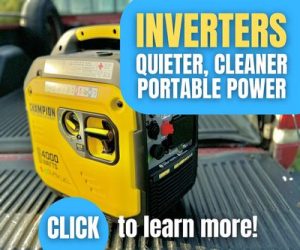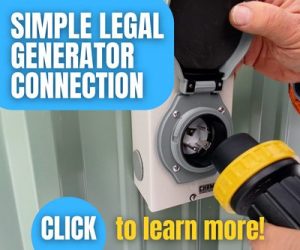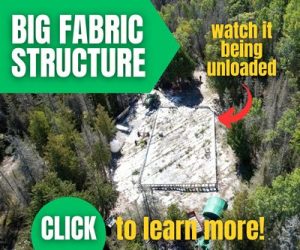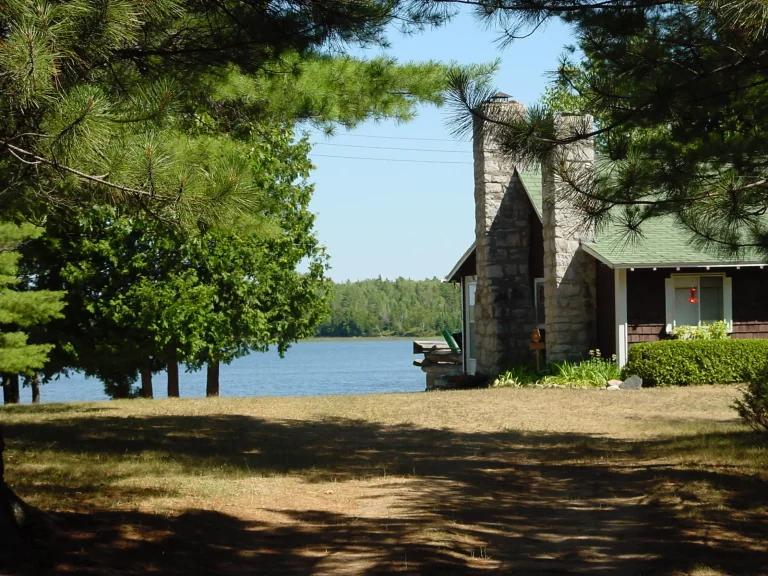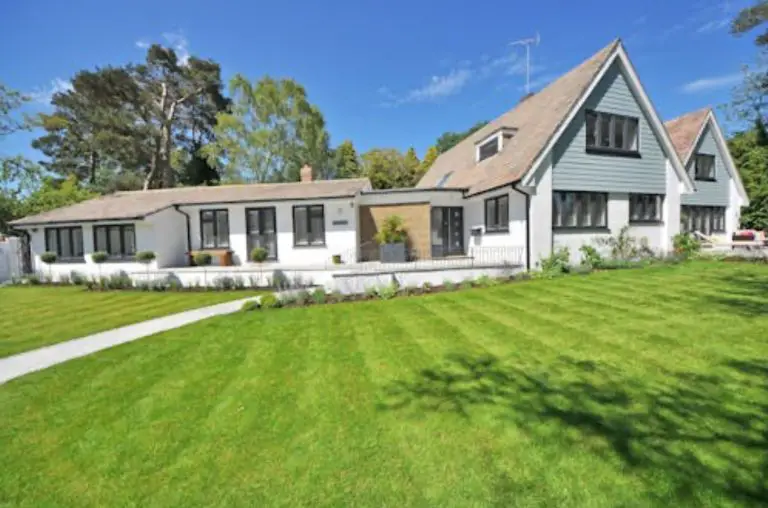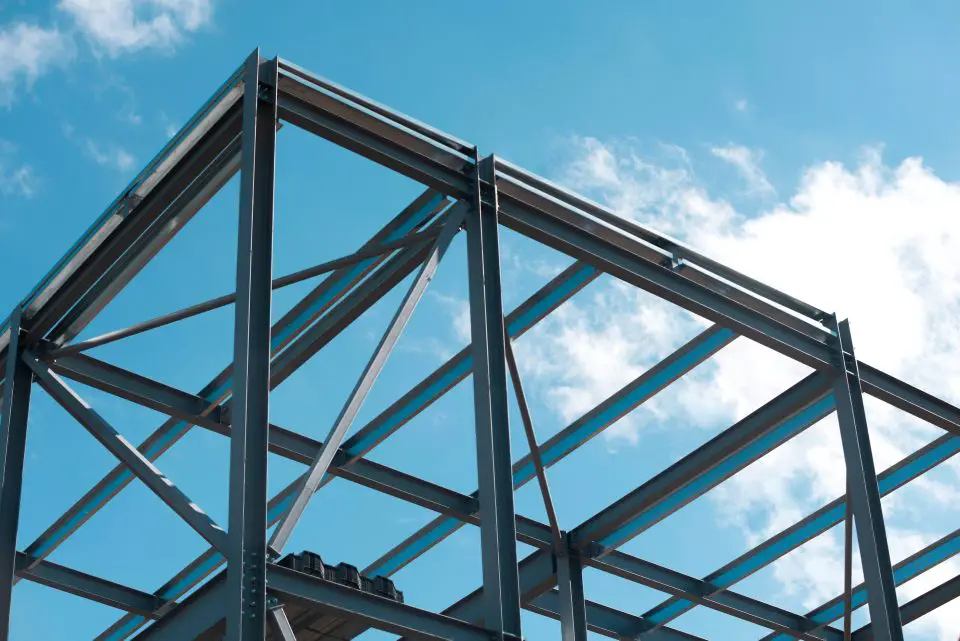
Building a homestead involves many decisions, and one of the biggest is choosing the right type of structures. Pre-engineered buildings (PEBs) are becoming a popular choice because of their flexibility, cost-efficiency, and reliability. These structures are designed and partially manufactured off-site, then assembled quickly once delivered. They offer homesteaders an easy way to meet a variety of needs without sacrificing quality. Understanding how PEBs work and the many ways they can be used helps show why they are a smart solution for any homestead.
Quick and Easy Construction
One of the biggest benefits of pre-engineered buildings is the speed at which they can be built. Since much of the work is done in a factory, the construction time on-site is greatly reduced. This can be a major advantage, especially when trying to set up a homestead quickly. Weather delays are also less of a problem because the main parts are ready before they arrive. For example, a barn or equipment shed can be fully constructed in just a few weeks, compared to months for conventional buildings.
Cost-Effective Without Sacrificing Quality
Homesteading often means sticking to a careful budget. Pre-engineered buildings help save money in several ways. First, the raw materials are bought in bulk by manufacturers, which leads to lower prices. Second, there is less waste because the parts are designed to fit together perfectly. Third, the shorter construction time means lower labor costs.
Despite these savings, PEBs are built to meet strict industry standards and ensure they are strong and long-lasting. A storage building made from steel, for example, can last decades with minimal maintenance. To ensure the best results, it is wise to get a pre-engineered building from a reliable manufacturer known for quality and service.
Flexible Design Options for Different Needs
Another reason pre-engineered buildings fit well into homesteading is their design flexibility. They can be adapted for many different uses without needing major changes. Need a place to house livestock? A simple adjustment to the ventilation and flooring will do. Want a workshop or guest house? Insulation and interior finishes can be added easily. Some homesteaders even use PEBs for greenhouses by incorporating transparent panels. The same basic structure can serve different purposes at different times, making it a true investment.
Strong Enough to Handle Harsh Conditions
Living on a homestead often means facing challenging weather, from heavy snow to strong winds. Pre-engineered buildings are designed to handle these conditions. Because they are usually made from steel or other tough building materials, they are more resistant to fire, pests, and natural disasters than wood buildings.
Many designs can be customized to meet local building codes, which ensures they will stand strong for years. In areas where tornadoes or hurricanes are a threat, having a steel building that can withstand such forces is an important part of staying safe.
Easy Expansion When Needed
Homesteads grow and change over time. More animals, new crops, or expanded family needs can require additional space. One of the best things about pre-engineered buildings is that they are easy to expand. Sections can be added to the original structure without tearing everything down and starting over. For instance, a small equipment shed can be extended to create a full workshop. This ability to grow with the homestead saves time, money, and stress.
Eco-Friendly Choices
More homesteaders today are looking for ways to reduce their environmental impact. Pre-engineered buildings often use recycled steel and other sustainable materials. Because they are precisely made, there is less construction waste. Some designs even include energy-saving features like reflective roofing and insulated wall panels. Choosing a PEB can be a smart step toward building a greener, more sustainable homestead.
Low Maintenance for Busy Homesteaders
Running a homestead leaves little time for constant repairs and upkeep. Pre-engineered buildings are made to require very little maintenance. Unlike wood, which can rot, warp, or attract termites, steel structures remain strong with only occasional checks and cleaning. A simple inspection once or twice a year is usually enough to catch any issues early. With less time spent on repairs, more time can be devoted to other important tasks like farming, animal care, or family activities.
Examples of Homestead Uses
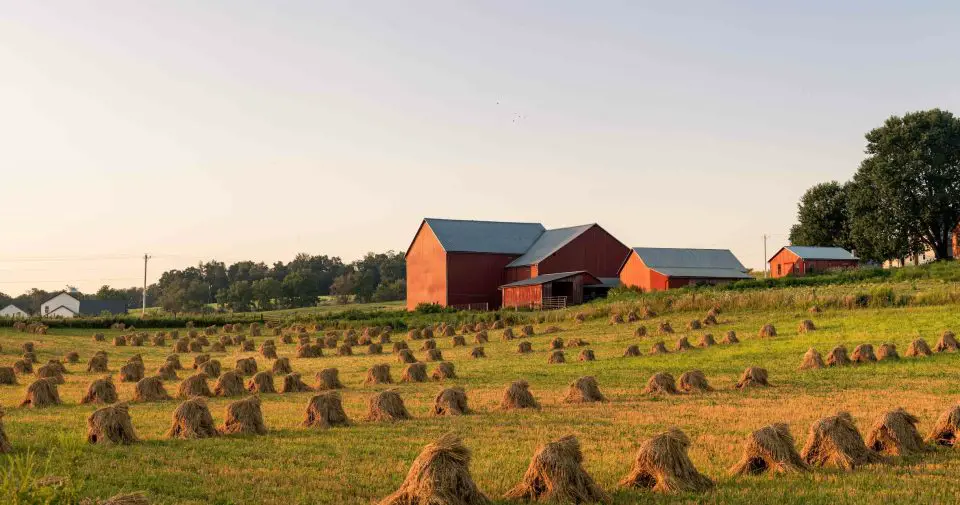
The versatility of pre-engineered buildings means they can serve almost any purpose on a homestead. Some common examples include:
- Barns: For livestock, hay storage, or farm equipment.
- Workshops: Spaces for carpentry, mechanical work, or other trades.
- Garages: Storage for vehicles, ATVs, or tractors.
- Greenhouses: Structures with special panels for growing plants year-round.
- Guest houses: Comfortable living spaces for visitors or extended family.
Each of these can be customized to fit the specific needs of the homestead, showing just how adaptable PEBs really are.
Final Thoughts
Pre-engineered buildings offer a smart, flexible, and affordable solution for growing homesteads. They are quick to build, easy to expand, and tough enough to handle many types of weather. Their ability to serve multiple purposes makes them a practical investment. As homesteads continue to grow and change, having buildings that can grow with them is a big advantage. Whether starting a new homestead or expanding an existing one, pre-engineered buildings are a reliable choice to consider.

